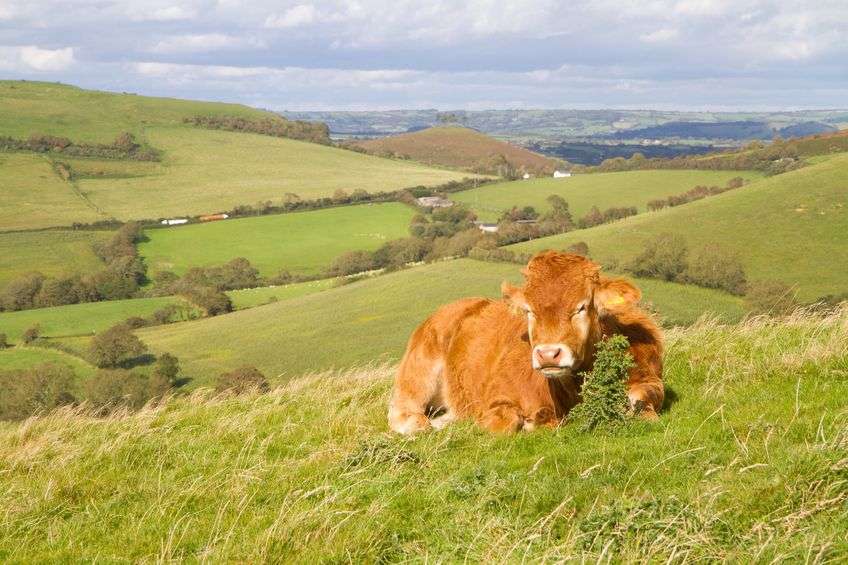
Three new maternal estimated breeding values (EBVs) have been added to the National Beef Evaluations (NBE) database by AHDB.
The levy organisation has now published EBVs for maternal traits following three years of research: Age at first calving; Productive lifespan; and Calf survival.
The EBVs are generated by Scotland’s Rural College (SRUC), using national data from processors, breed societies and the British Cattle Movement Service (BCMS).
Until now, the NBE database has provided a genetic evaluation for commercial carcase traits in beef cattle.
Dr Alex Brown, senior beef breeding manager at AHDB who has been leading on the project, said the new EBVs came at a pivotal time for the industry.
"Most producers are looking at ways to become more efficient with their breeding policies to maximise outputs," he said.
AHDB’s Maternal Matters campaign has been running for the past year to highlight the importance of maternal performance in driving profitability in the suckler herd.
AHDB says the new EBVs will have a cumulative and permanent impact on suckler herd performance by improving herd genetics, and they link tightly to key maternal performance indicators (KPIs).
The age at first calving EBV allows breeders to select for animals that are more likely to hold service at a younger age and is based on age at first calving data from BCMS, it says.
This EBV can be used alongside careful management and strict nutrition to lower age at first calving, AHDB says.
Age at first calving is one of the most effective maternal KPIs, as calving a heifer at two-years of age reduces costs whilst increasing the number of calves the cow produces over her lifetime.
The productive lifespan EBV allows breeders to select for animals that can be kept in the breeding herd for longer and is based on calving and death dates from BCMS.
AHDB says using this EBV will increase the time that cows spend in the breeding herd and is linked to the herd replacement rate KPI.
The calf survival EBV is based on the alive or dead status of tagged calves at 10 months of age in BCMS and allows breeders to select for animals that are more likely to survive to adulthood.
Using this EBV should have a positive impact on calf mortality, and is linked to the KPI calves weaned, as a % of females put to the bull, the organisation says.
Dr Brown added: "Pedigree information remains pivotal in the genetic evaluation process as it provides information on the genetic links between animals, so please remember to record all known sires when registering calves with BCMS.
"Increasing the amount of sire recording on the passport remains the best way to increase the breadth and accuracy of the National Beef Evaluations and drive genetic progress in our industry.”
